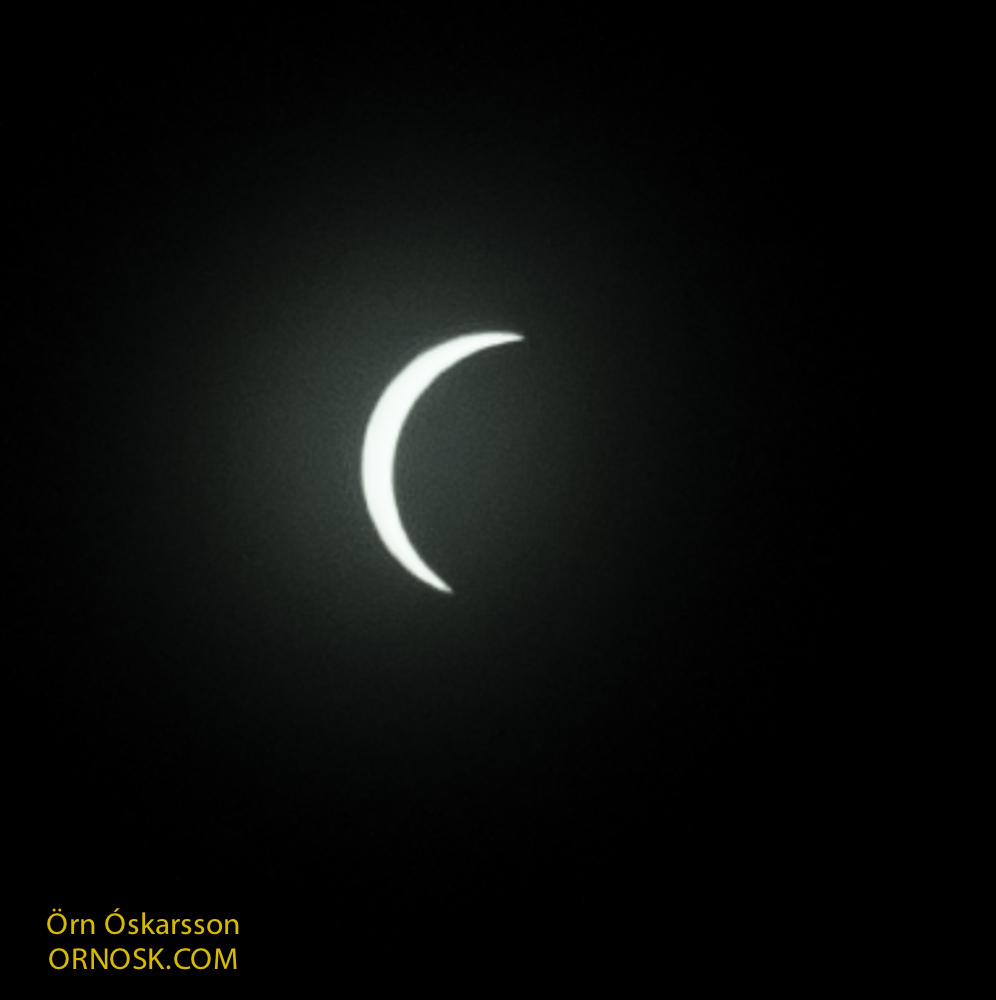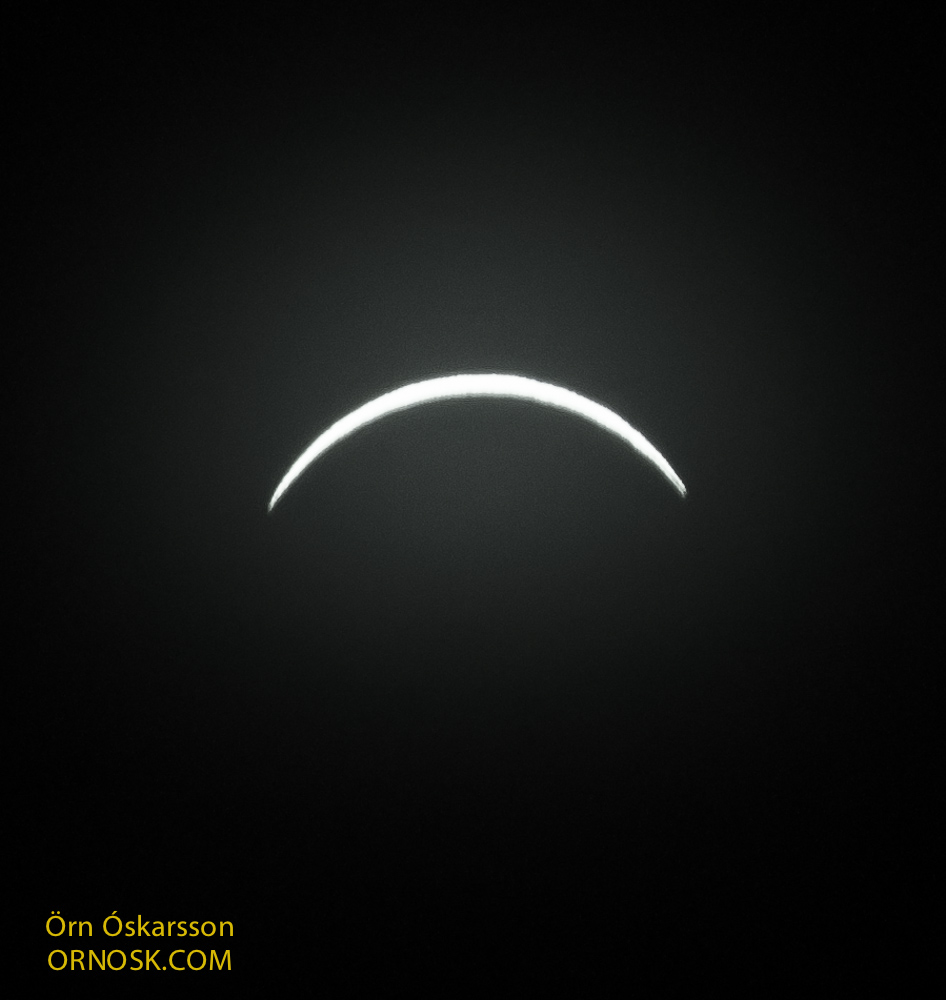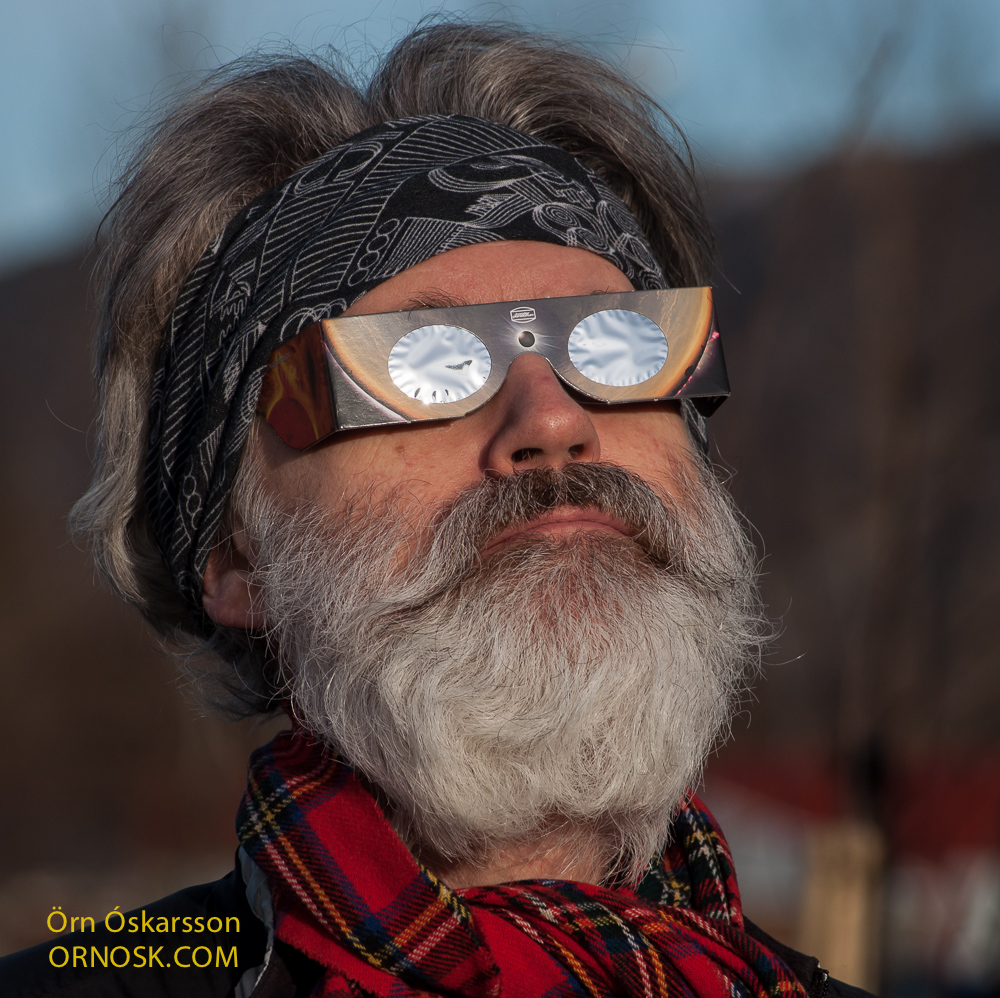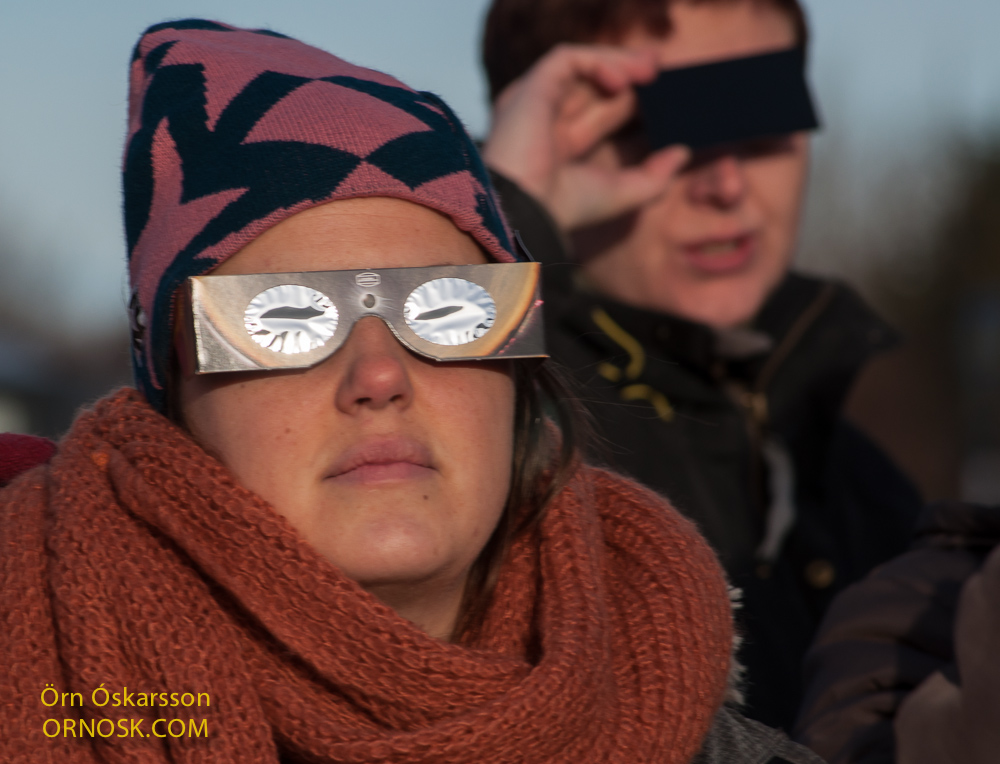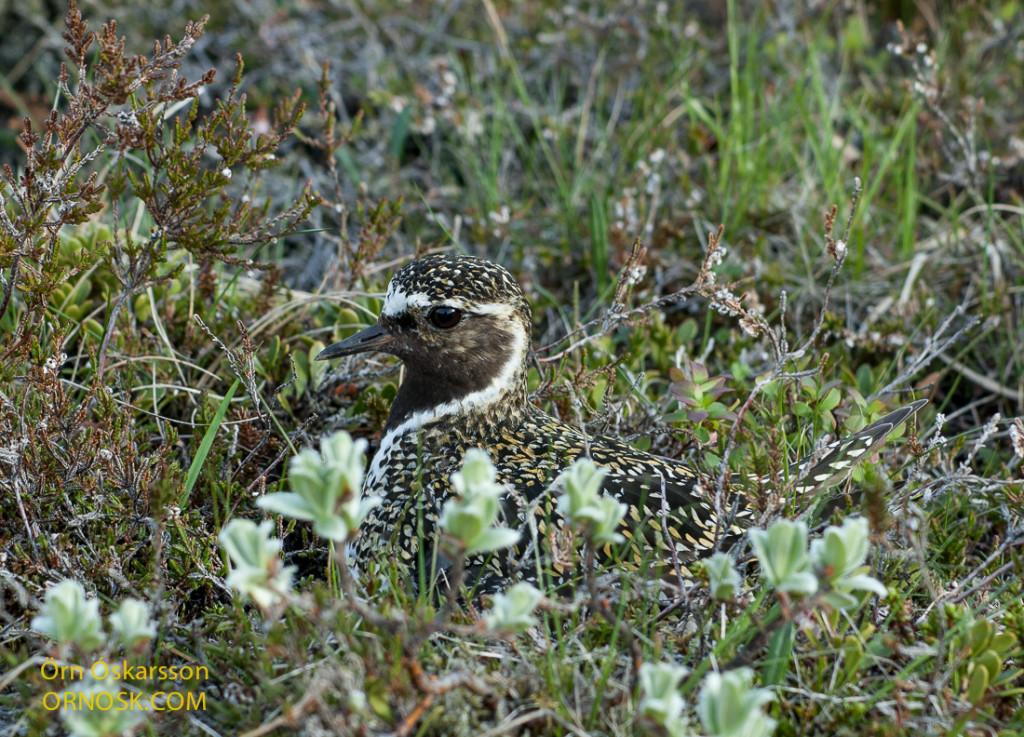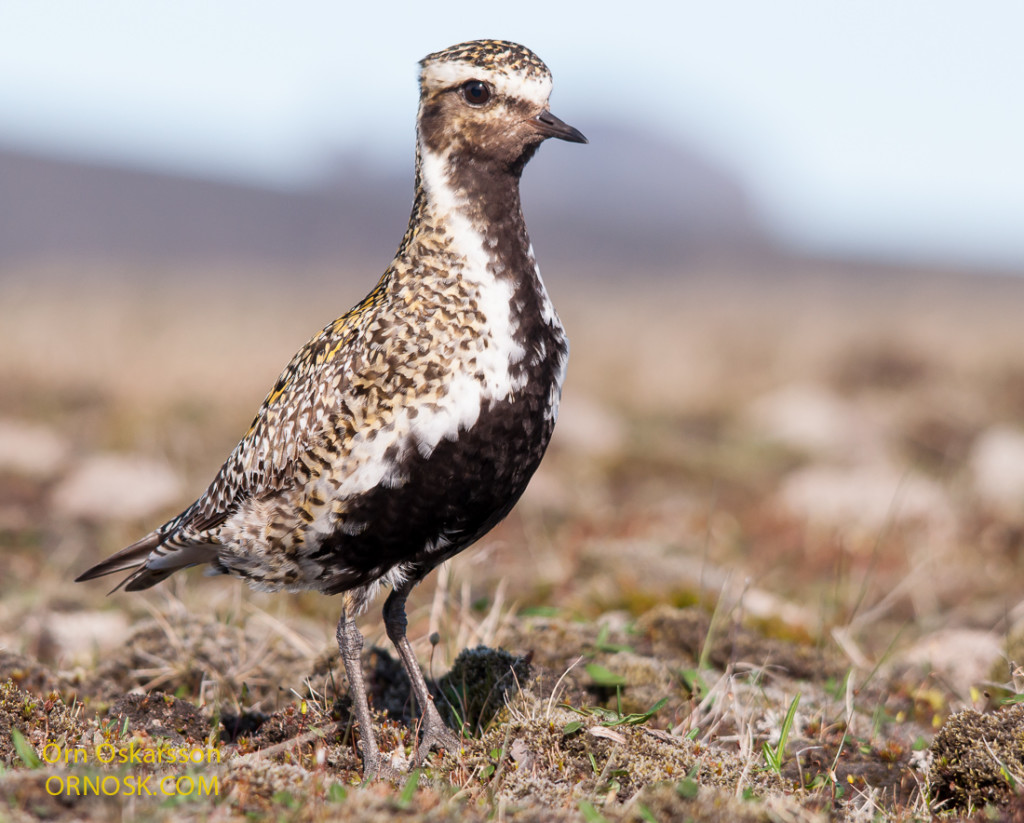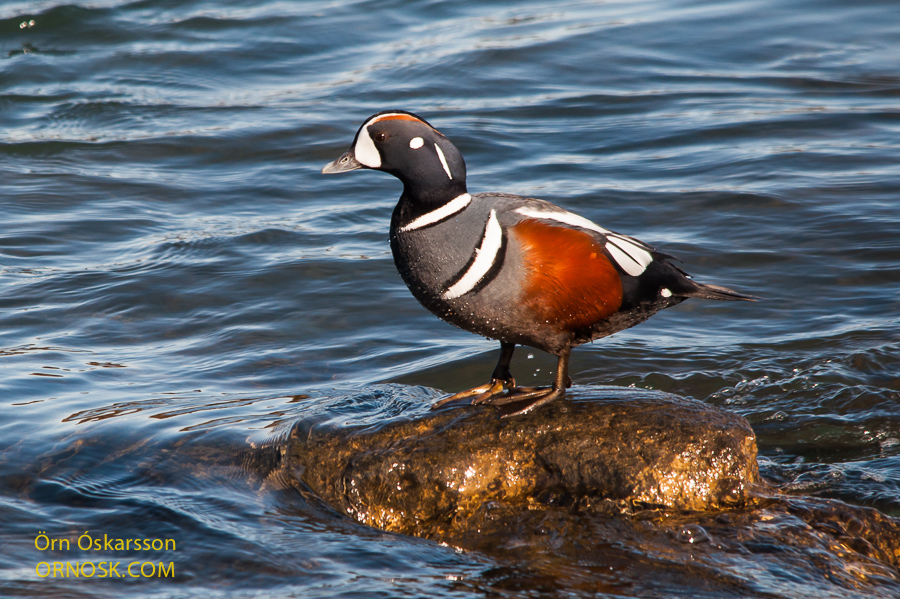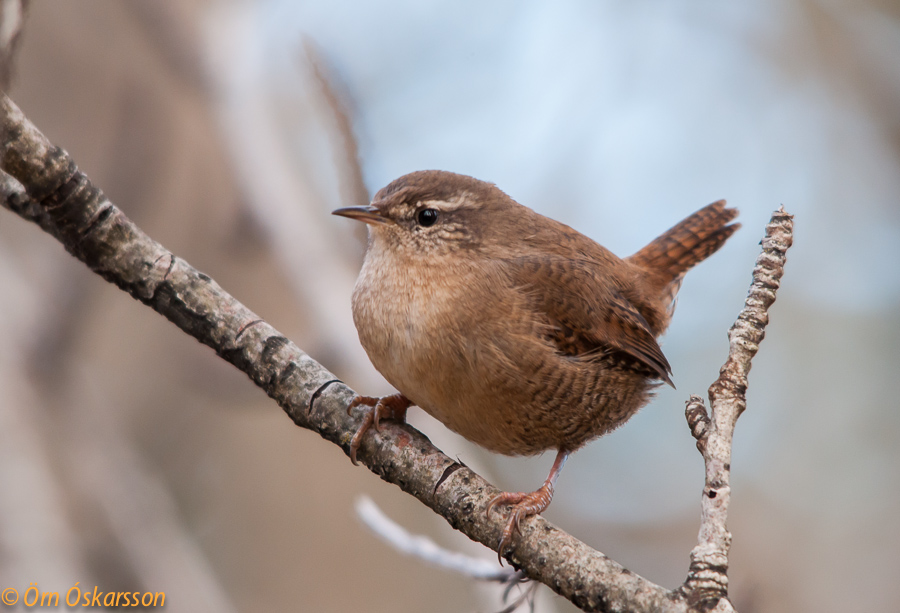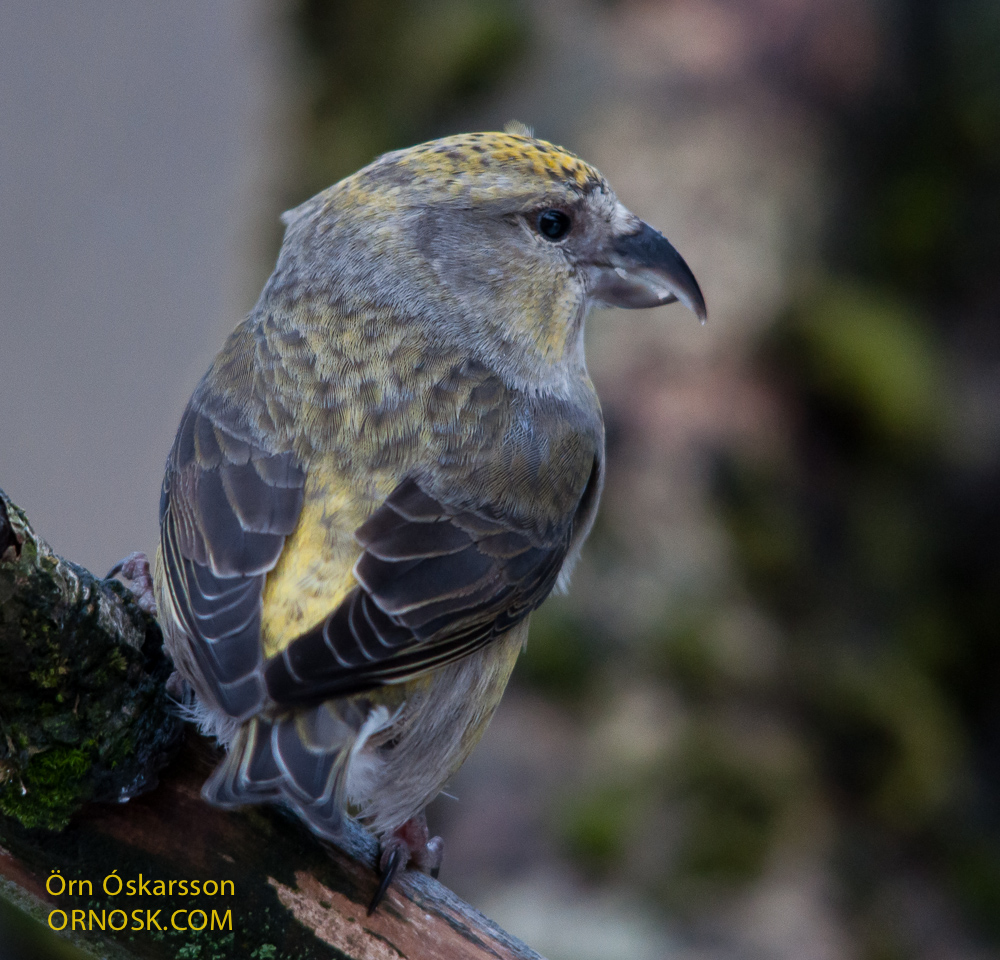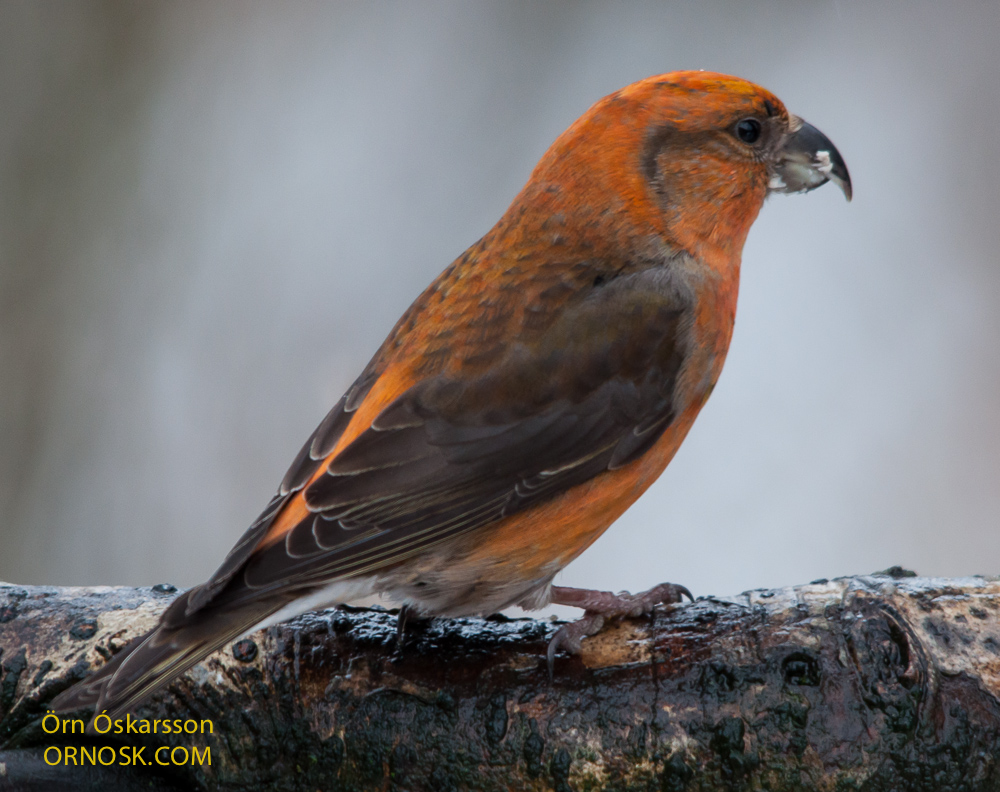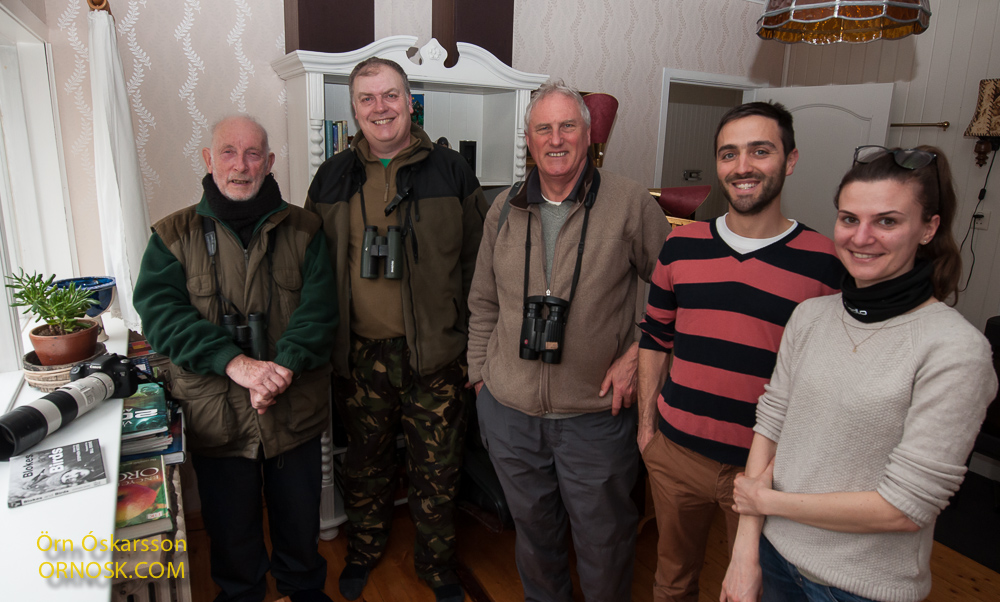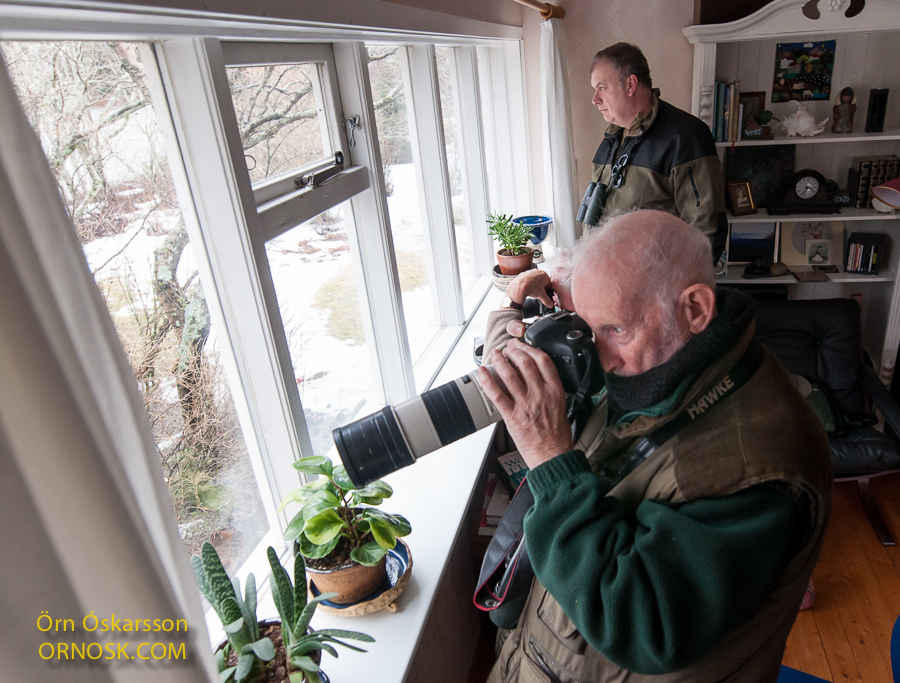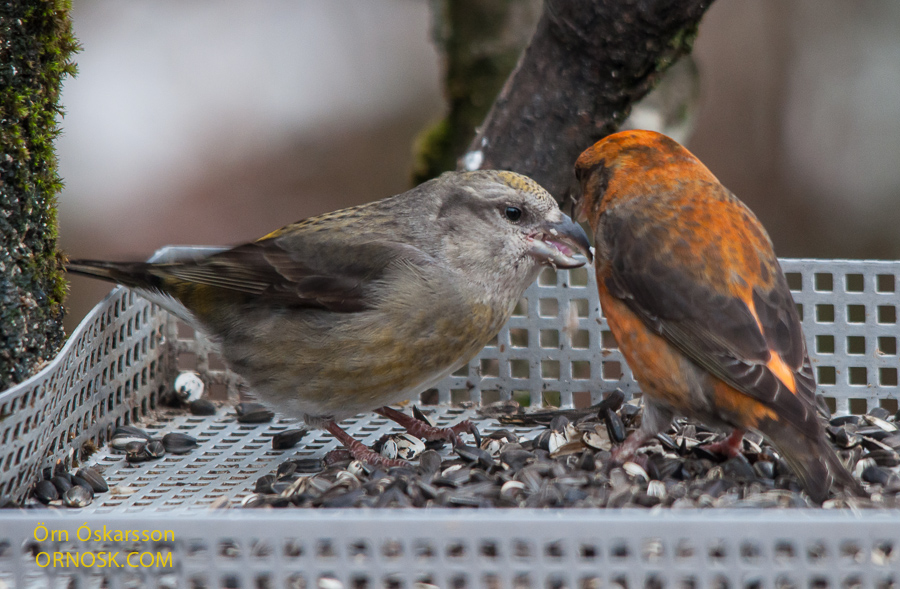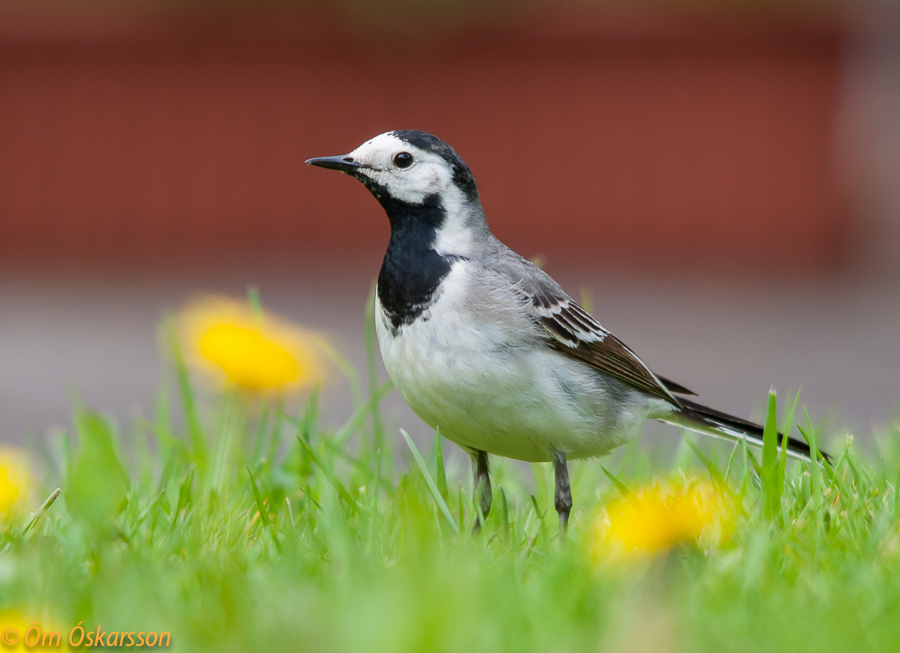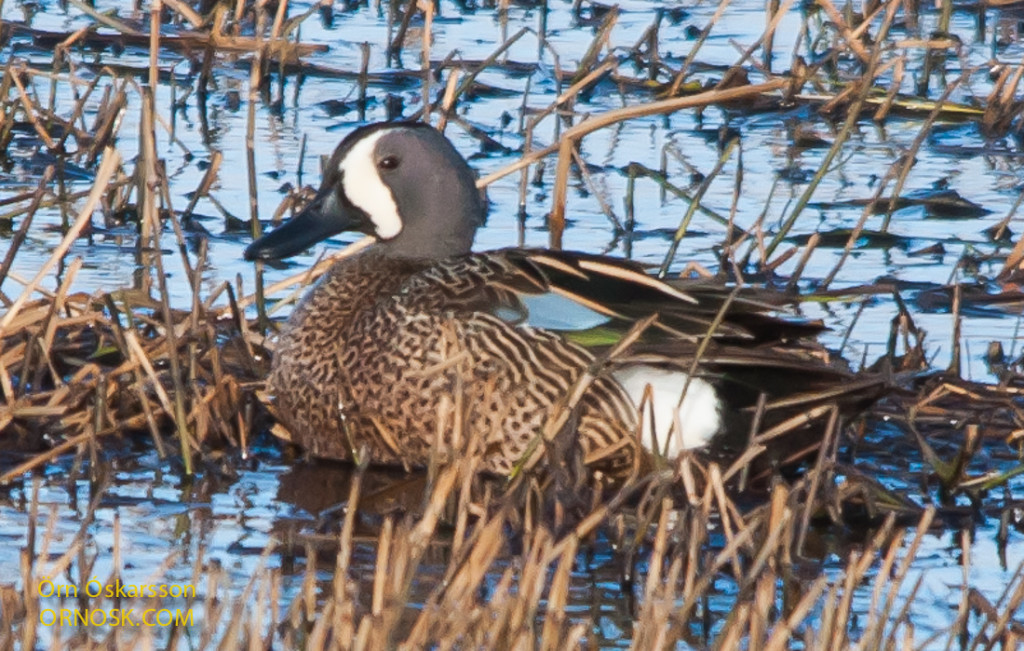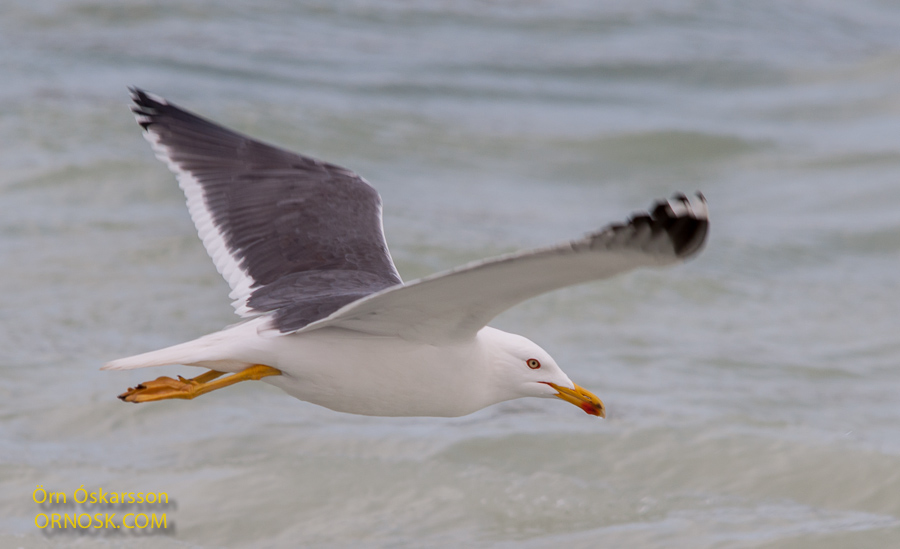
The Lesser Blackback (Larus fuscus) started breeding in Iceland around 1920. Since then its numbers have been increasing and now the Lesser Blackback is a breeding bird in all lowlands. It is the only Gull that is a migratory bird here, having winter grounds in the Pyrenees Mountains and North West Africa. They come back to Iceland very early, before spring arrives. The first Lesser Blackback arrived here in February. The breeding population counts around 50,000 pairs.
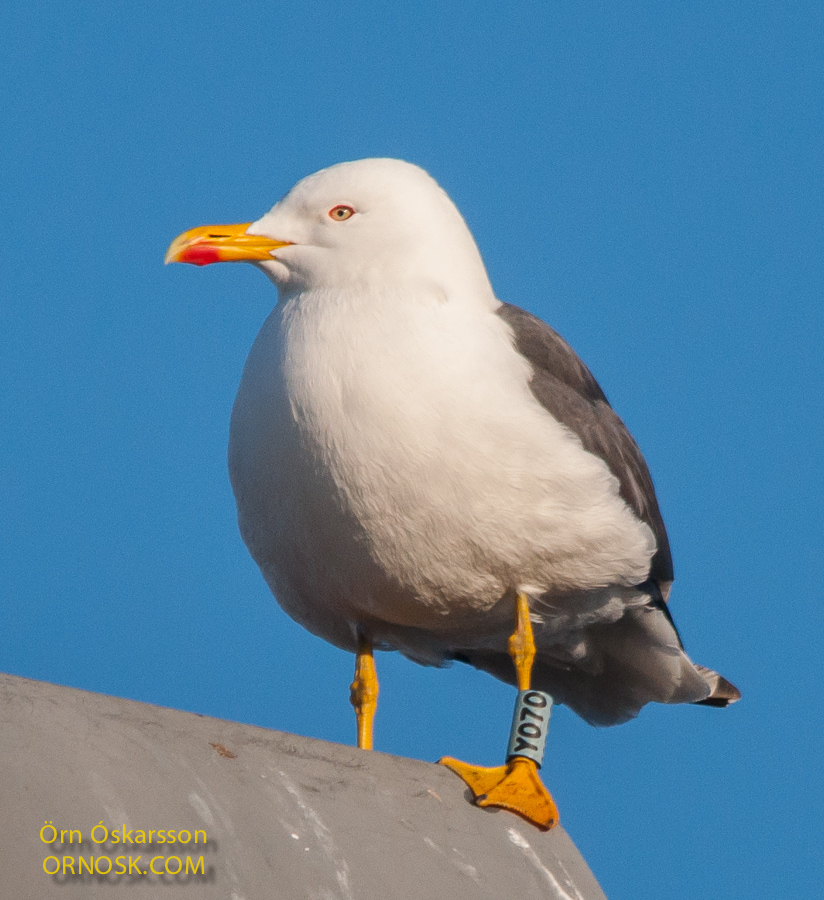
This photo is taken in Selfoss April 16, 2014, the second time I came across this indivual bird. It was banded as a small chick in August 2003 in Garðaholti in Álftanes. The first time I saw it was also in Selfoss May 9, 2011.

